1. Introduction
Animation videos have become a cornerstone of modern communication, transforming how brands, educators, and storytellers engage audiences worldwide. In 2025, animation is not just about moving images—it’s a sophisticated blend of art, technology, and psychology designed to deliver messages effectively and memorably. This guide from Artzee Animation explores what animation videos are, their types, benefits, production processes, and the cutting-edge trends shaping their future.
Table of contents:
- Introduction
- Definition of Animation Video
- Key Uses and Benefits
- The Animation Production Process
- Popular Styles and Formats
- Technological Innovations Shaping Animation in 2025
- How to Create an Animation Video
- Future Trends and Outlook
- Conclusion
2. Definition of Animation Video
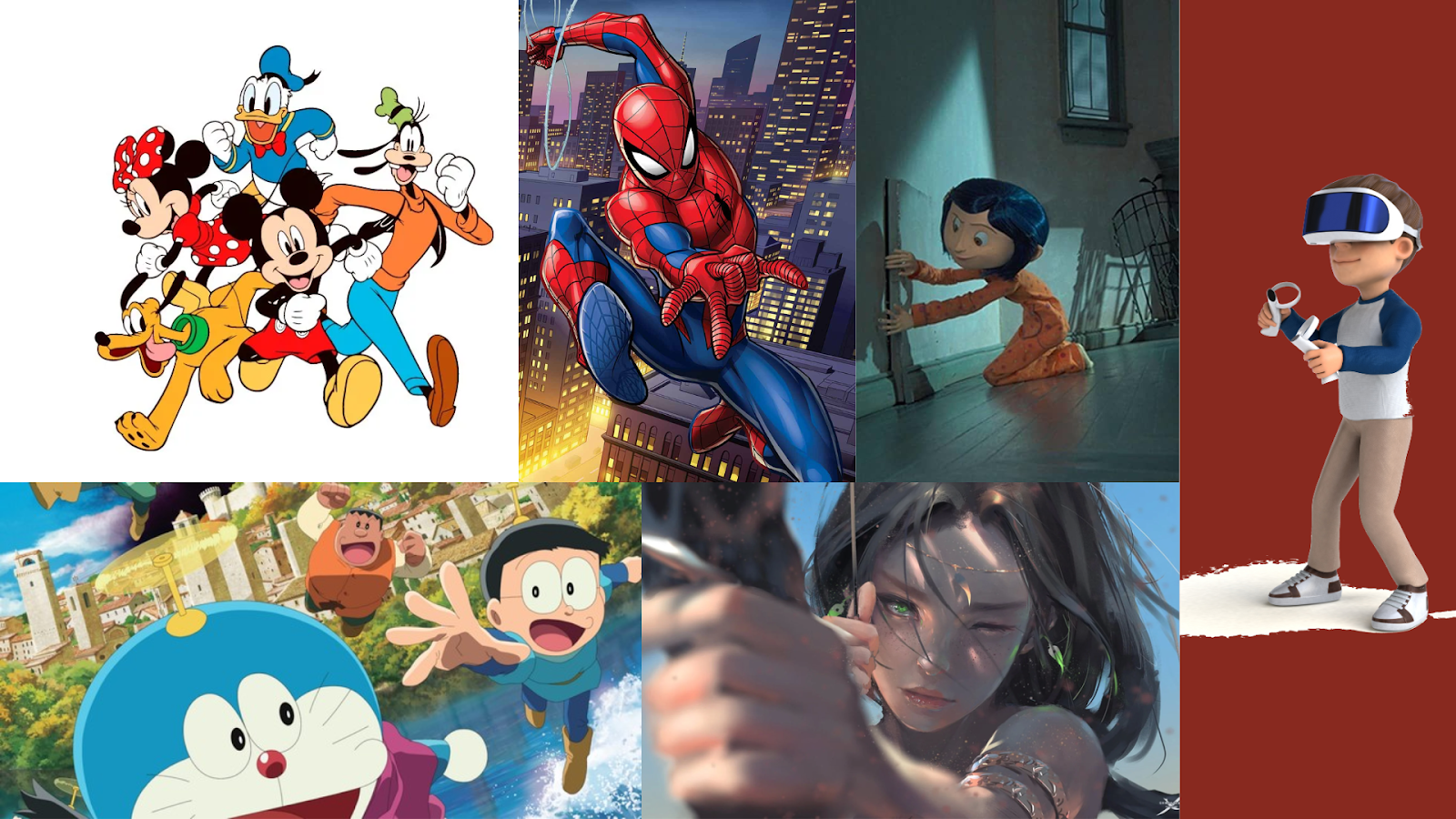
An animation video is a form of visual content created by sequencing images—whether hand-drawn, digitally illustrated, or computer-generated—to simulate motion and tell a story or explain a concept. Unlike live-action videos that capture real-world scenes, animation videos use creative visuals to represent ideas, characters, or data dynamically.
Types of Animation Videos:
- 2D Animation: Traditional flat animations using frame-by-frame drawings or vector graphics, ideal for storytelling and explainer videos.
- 3D Animation: Realistic or stylized three-dimensional models animated to create lifelike movements and environments.
- Motion Graphics: Animated graphic elements like text, charts, and icons, often used in presentations and marketing.
- Stop-Motion: Frame-by-frame capture of physical objects or puppets to create movement.
- AR/VR Animation: Immersive animations designed for augmented and virtual reality platforms, enhancing interactivity.
Read here for more information: https://www.artzee.sg/2023/06/13/types-of-animations-2/
3. Key Uses and Benefits
Animation videos are highly effective because they:
- Simplify Complex Information: Visual metaphors and dynamic storytelling reduce cognitive load, making difficult concepts easier to grasp. Research shows viewers retain up to 95% of information from videos compared to 10% from text alone.
- Boost Engagement and Conversion: Animated content is more attention-grabbing and memorable, increasing conversion rates by up to 20% on landing pages.
- Enhance Brand Identity: Unique animation styles help brands differentiate themselves and build emotional connections with audiences.
- Cross Language and Cultural Barriers: Visual storytelling transcends linguistic differences, making animation ideal for global reach.
- Versatile Applications: Used widely in marketing, education, corporate training, social media, entertainment, and public awareness campaigns.
4. The Animation Production Process
Creating an animation video involves three main stages, each critical to the final quality:
Pre-Production (25-30% of timeline)
- Concept Development: Define the video’s purpose, target audience, and key message.
- Scriptwriting: Craft a clear, engaging narrative that aligns with goals.
- Storyboarding: Visualize scenes and transitions to plan pacing and flow.
- Art Direction: Decide on style, color palette, and character design.
- Voiceover Casting: Select narrators or actors for audio.
Production (50-60% of timeline)
- Design and Asset Creation: Develop characters, backgrounds, and props.
- Animation: Use techniques like keyframing, rigging, or procedural animation to bring assets to life.
- Sound Design: Add voiceovers, sound effects, and music to enhance storytelling.
Post-Production (15-20% of timeline)
- Editing: Refine timing, transitions, and visual effects.
- Localization: Add subtitles or adapt content for different markets.
- Optimization and Export: Ensure the video is formatted for intended platforms and devices.
Typical projects take 4-12 weeks depending on complexity, style, and length.
Find out the animation working process of Artzee Animation: https://www.artzee.sg/the-process/
5. Popular Styles and Formats
2D vs. 3D Animation
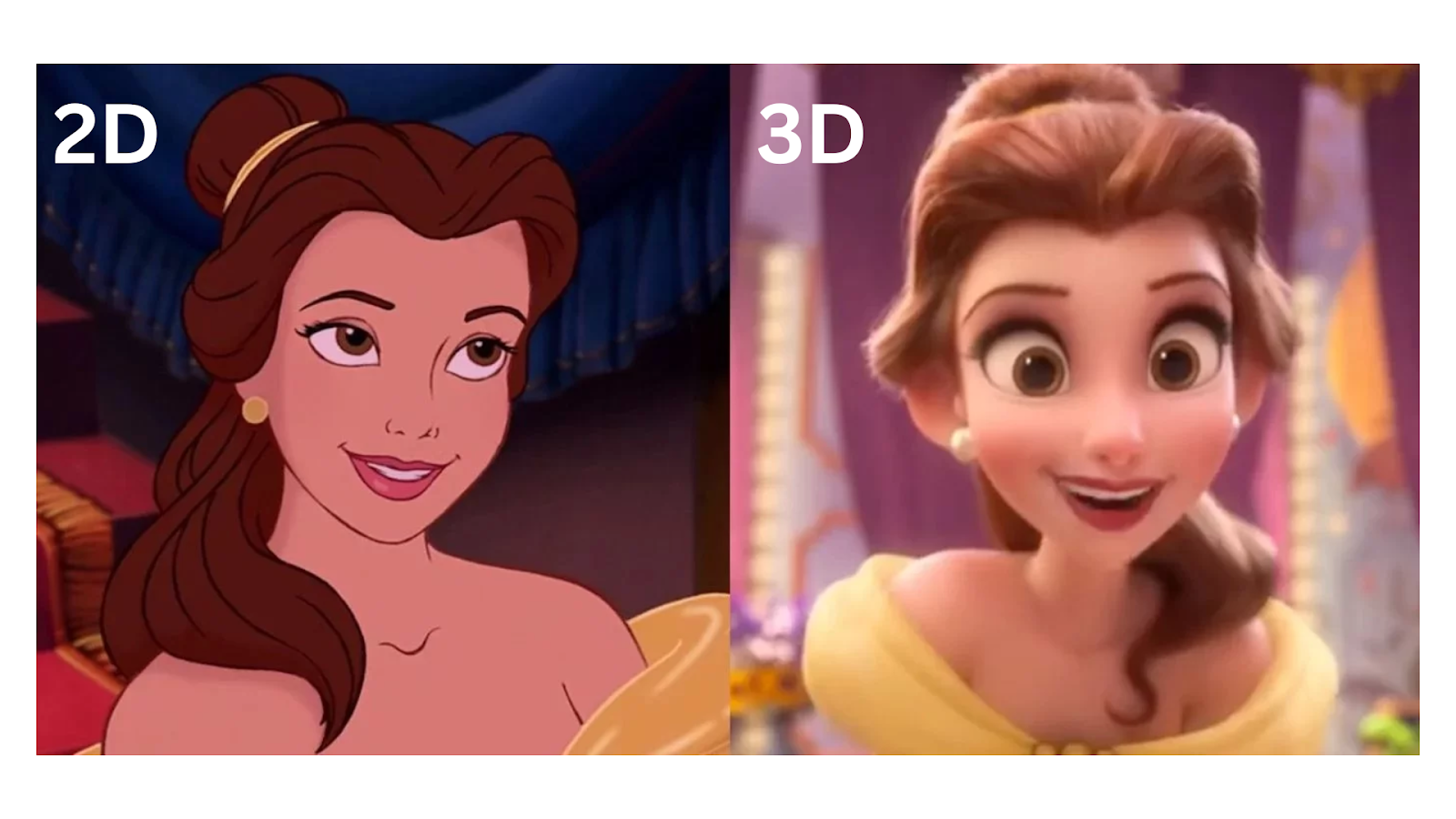
- 2D Animation: Cost-effective and stylistically versatile, perfect for explainer videos and educational content.
- 3D Animation: Offers realism and immersive depth, favored in gaming, VR, and cinematic storytelling.
Emerging Styles
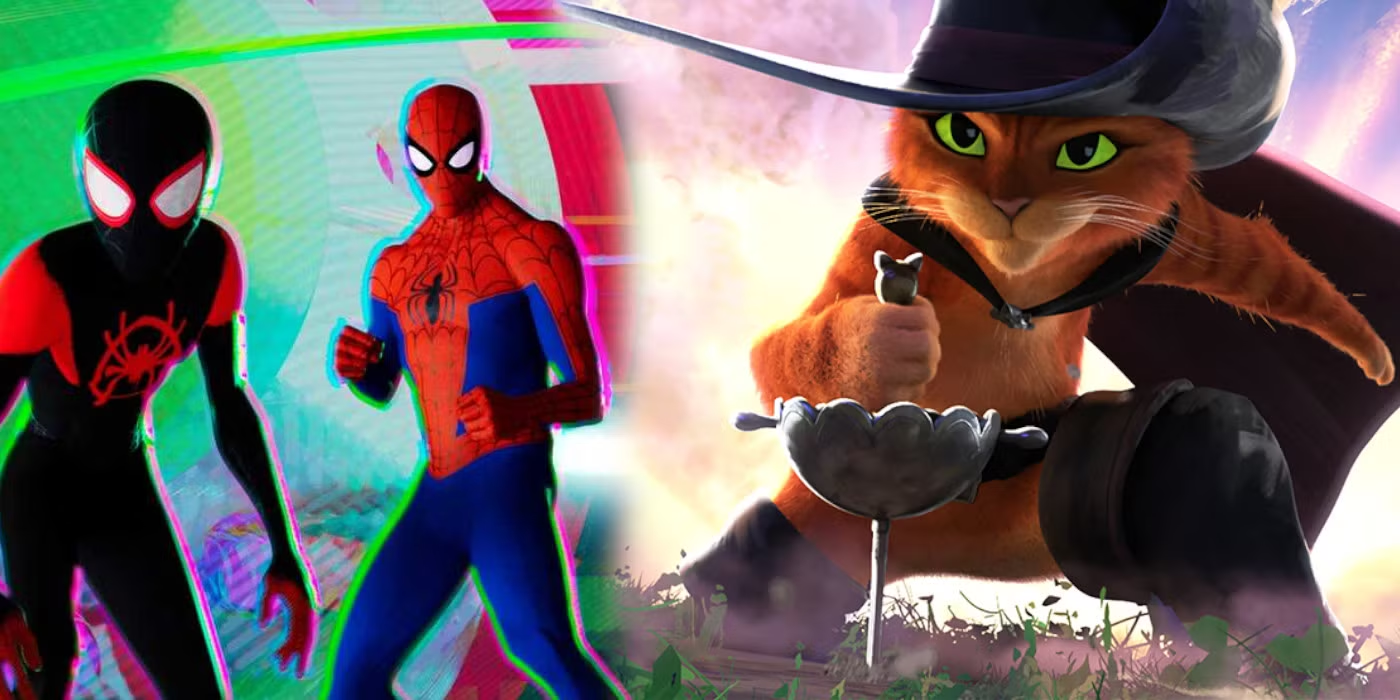
- Hybrid Animation: Combines 2D and 3D elements for unique visual effects.
- Isometric/2.5D Design: Adds depth while maintaining a sleek, modern look, ideal for infographics and SaaS videos.
- Kinetic Typography: Dynamic animated text that emphasizes key points.
- Vertical and Micro-Animations: Optimized for mobile-first platforms like TikTok and Instagram Reels.
6. Technological Innovations Shaping Animation in 2025
AI-Powered Animation

Artificial intelligence now automates labor-intensive tasks like lip-syncing, inbetweening, and procedural crowd simulation. Platforms such as NVIDIA’s Omniverse enable real-time collaboration and complex scene simulation, drastically reducing production time while maintaining quality.
Real-Time Rendering

Tools like Unreal Engine 5 and Unity’s High Definition Render Pipeline (HDRP) allow animators to create hyper-detailed, near-cinematic visuals that are instantly rendered and editable, revolutionizing workflows especially in gaming and virtual production.
Immersive AR/VR Experiences
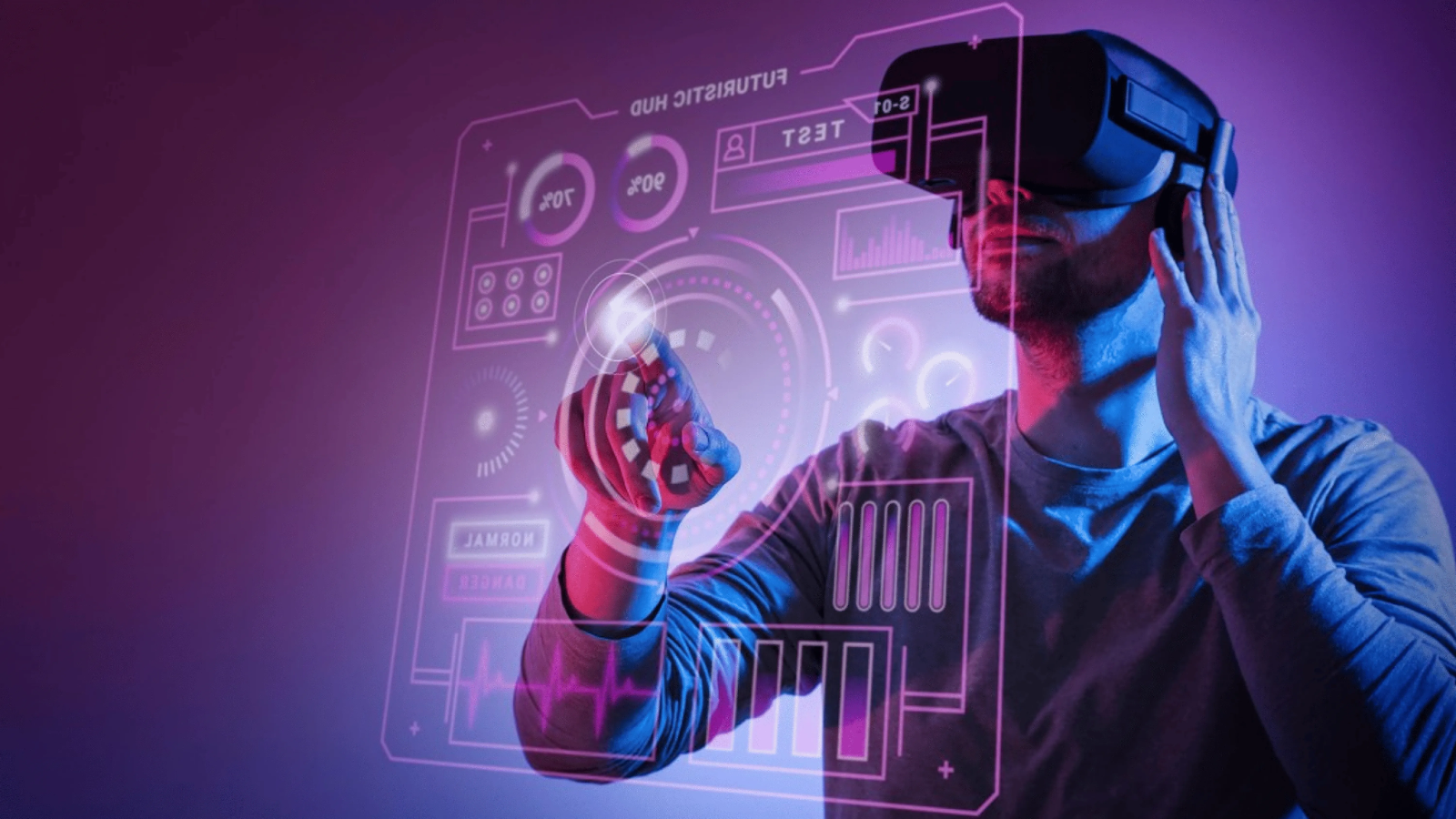
Advances in haptic feedback, real-time physics, and mixed-reality devices (e.g., Apple Vision Pro) enable lifelike virtual interactions, making animation a key medium for immersive storytelling.
Blockchain and NFTs
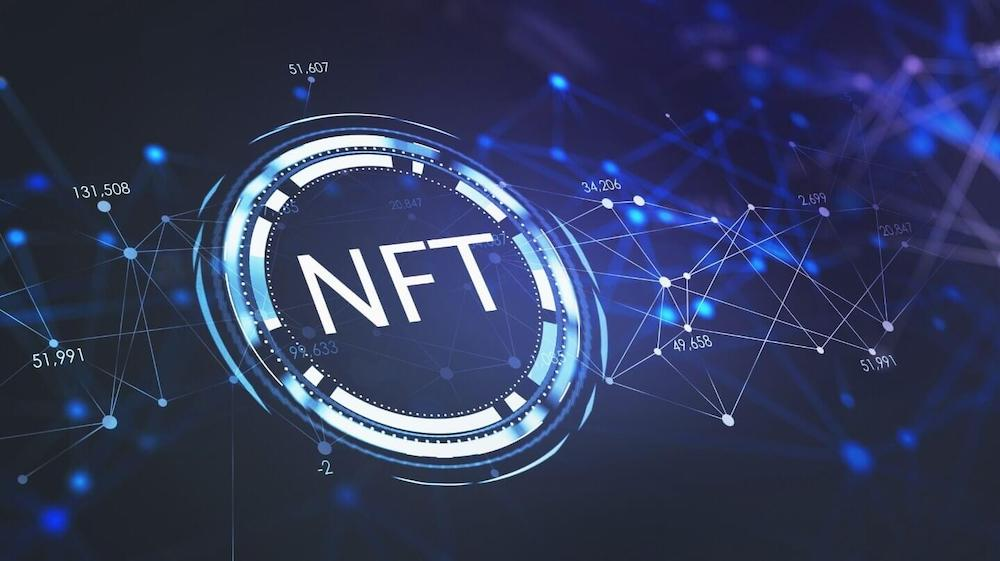
Emerging as new monetization and distribution channels, blockchain technology allows creators to sell unique animated assets securely, opening new revenue streams.
7. How to Create an Animation Video
Creating an animation video in 2025 involves a blend of creativity, technical skills, and strategic planning. Whether you are a beginner, a marketer, or a business owner, understanding the step-by-step process can help you produce effective and engaging animated content. Here is a comprehensive guide:
Step 1: Develop Your Video Script and Storyboard
Start by writing a clear and concise script that outlines the key messages and flow of your video. The script should focus on your target audience’s needs and the problem your video aims to solve or the story it wants to tell. Once the script is ready, create a storyboard—a visual roadmap of your animation. This involves sketching out each scene, deciding on transitions, and planning how the visuals will complement the narrative. Storyboarding helps align creative vision and ensures smooth production.
Step 2: Choose the Right Animation Style and Tools
Based on your goals and budget, decide whether 2D, 3D, motion graphics, stop-motion, or AR/VR animation best suits your project. For beginners or small businesses, user-friendly software like Adobe After Effects, Toonly, or Vyond offers drag-and-drop interfaces with pre-built assets and effects. Free open-source tools like Blender or Synfig Studio provide powerful options for more advanced users. AI-powered platforms such as Meshy AI can accelerate asset creation and automate repetitive tasks like rigging or inbetweening.
Step 3: Design and Animate
Create or customize characters, backgrounds, and props according to your storyboard. Use animation techniques such as keyframing, rigging, or procedural animation to bring your assets to life. Real-time rendering tools like Unreal Engine allow you to see changes instantly, speeding up iteration. Incorporate sound design early by adding voiceovers, sound effects, and music that enhance the emotional impact and pacing.
Step 4: Edit and Refine
Use video editing software such as Adobe Premiere Pro, Apple iMovie, or VideoPad to trim unnecessary scenes, adjust timing, and synchronize audio. Pay attention to pacing, transitions, and resolution to optimize your video for its intended platform—whether social media, websites, or presentations. Export your final video in widely supported formats like MP4.
Step 5: Test and Distribute
Before wide release, test your animation with a sample audience or stakeholders to gather feedback. Make necessary adjustments to improve clarity and engagement. Finally, upload your video to platforms such as YouTube, Vimeo, or social media channels, and embed it on websites or presentations to maximize reach.
Need help for create an animation video? Contact us!
8. Future Trends and Outlook
The animation industry in 2025 is undergoing a transformative phase, driven by technological innovation, changing audience behaviors, and new creative possibilities. Here are the key trends shaping the future of animation videos:
AI-Driven Animation Workflows
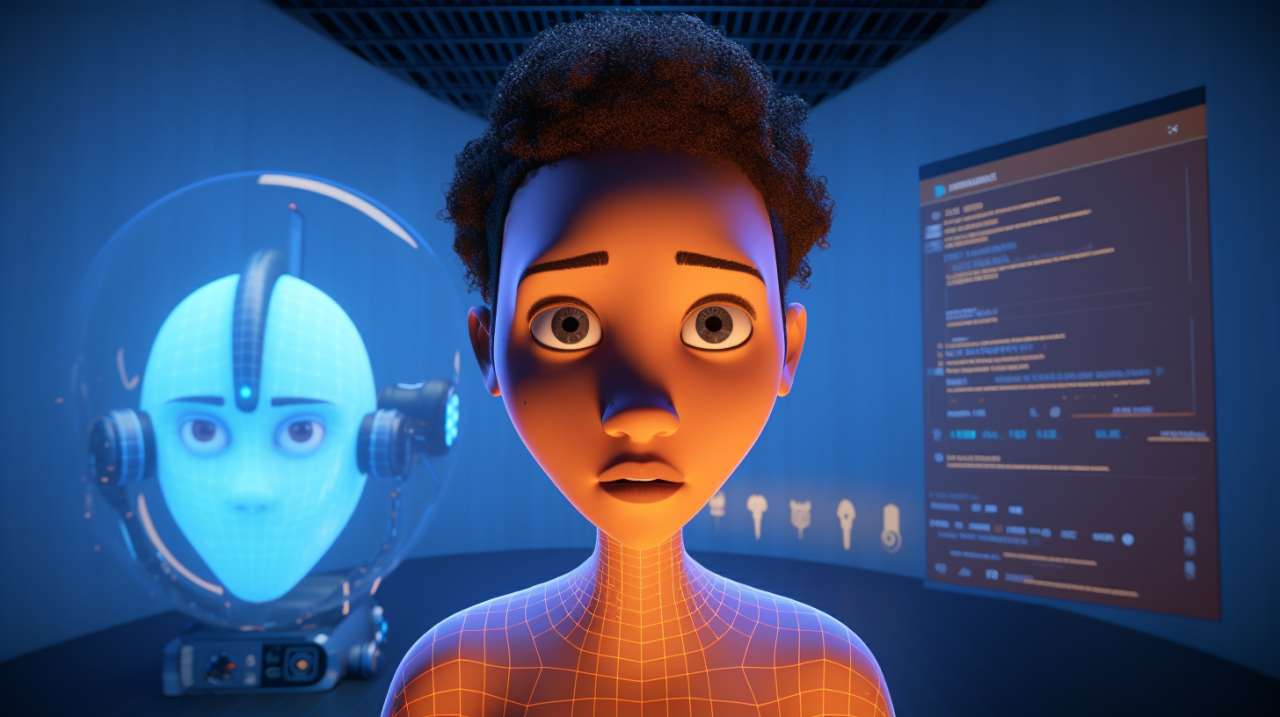
Artificial intelligence is revolutionizing animation by automating labor-intensive tasks such as rigging, lip-syncing, and inbetweening. AI tools also facilitate motion capture and real-time rendering, enabling animators to focus on storytelling and creativity. This results in faster production cycles, cost savings, and higher-quality output. Studios integrating AI remain competitive by pushing creative boundaries and delivering personalized content at scale.
Immersive AR and VR Experiences
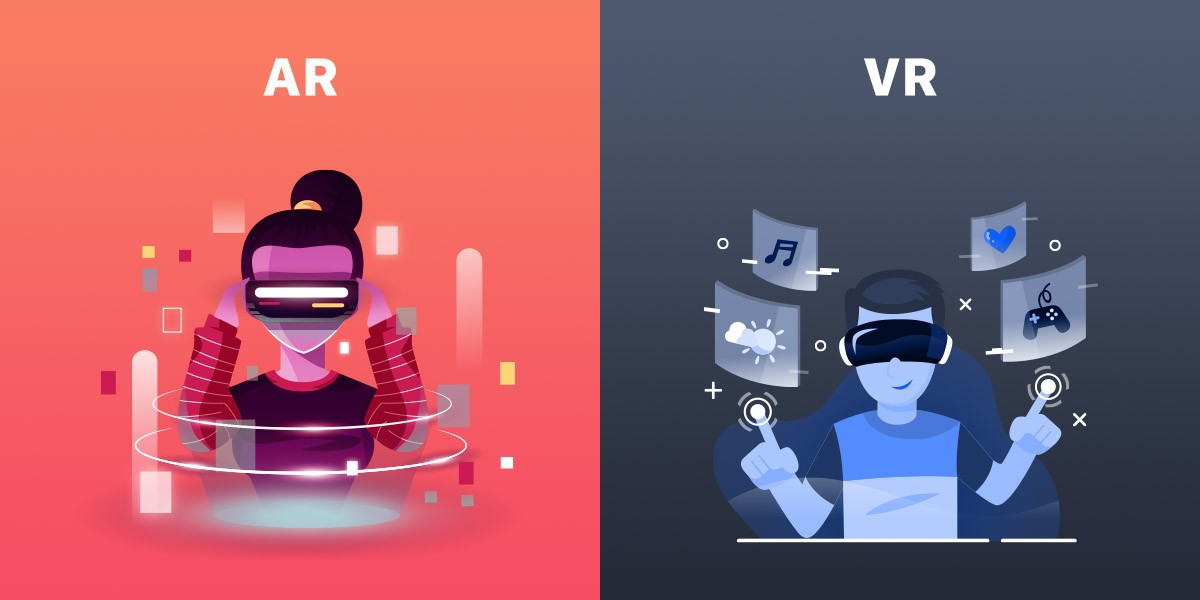
Augmented Reality (AR) and Virtual Reality (VR) are expanding animation beyond traditional screens into fully immersive environments. Viewers can interact with animated worlds, becoming active participants rather than passive observers. This shift opens new opportunities in education, marketing, entertainment, and training. As hardware becomes more accessible, expect a surge in AR/VR animation projects that blend storytelling with user interactivity.
Real-Time Rendering and Procedural Animation
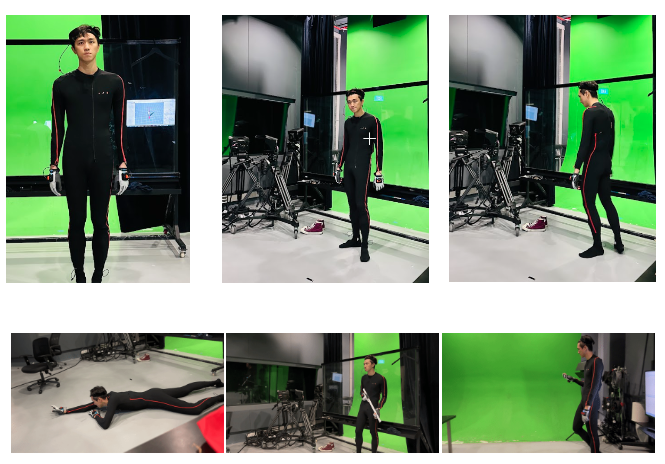
Technologies like Unreal Engine 5 enable real-time rendering of complex scenes, allowing instant feedback and collaborative workflows. Procedural animation uses algorithms to generate natural, dynamic movements automatically, reducing manual effort. These innovations accelerate production and enable more complex, lifelike animations, especially in gaming and virtual production.
Short-Form and Mobile-Optimized Content
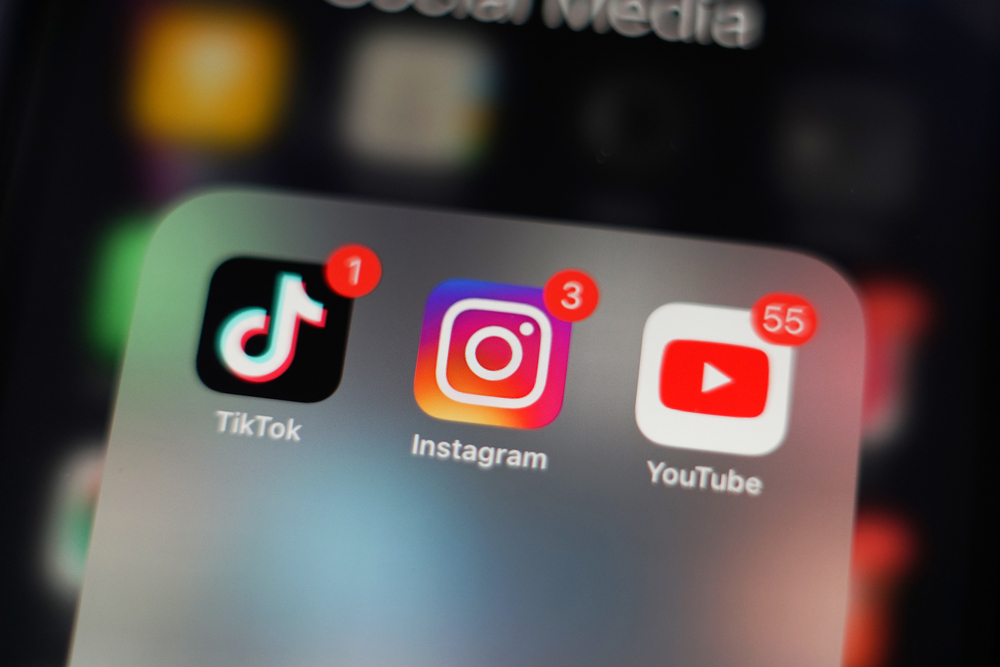
With social media platforms prioritizing short, vertical videos, animation is adapting to create micro-content that grabs attention quickly. Kinetic typography, looping animations, and bite-sized explainer videos are becoming standard formats. Mobile-first design principles ensure animations load fast and display beautifully on small screens.
Sustainability and Ethical Animation

As environmental concerns grow, animation studios are adopting sustainable practices such as optimizing rendering energy use, reducing waste in production pipelines, and using cloud-based workflows to minimize carbon footprints. Ethical storytelling that respects diversity and inclusivity is also gaining importance, influencing character design and narratives.
Blockchain and NFTs in Animation
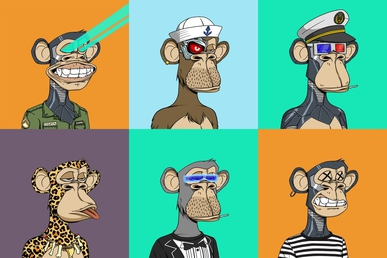
Blockchain technology is enabling new monetization models through Non-Fungible Tokens (NFTs), allowing creators to sell unique animated assets or limited-edition content securely. This trend is opening fresh revenue streams and changing how animation is distributed and owned.
Cognitive Psychology and Storytelling
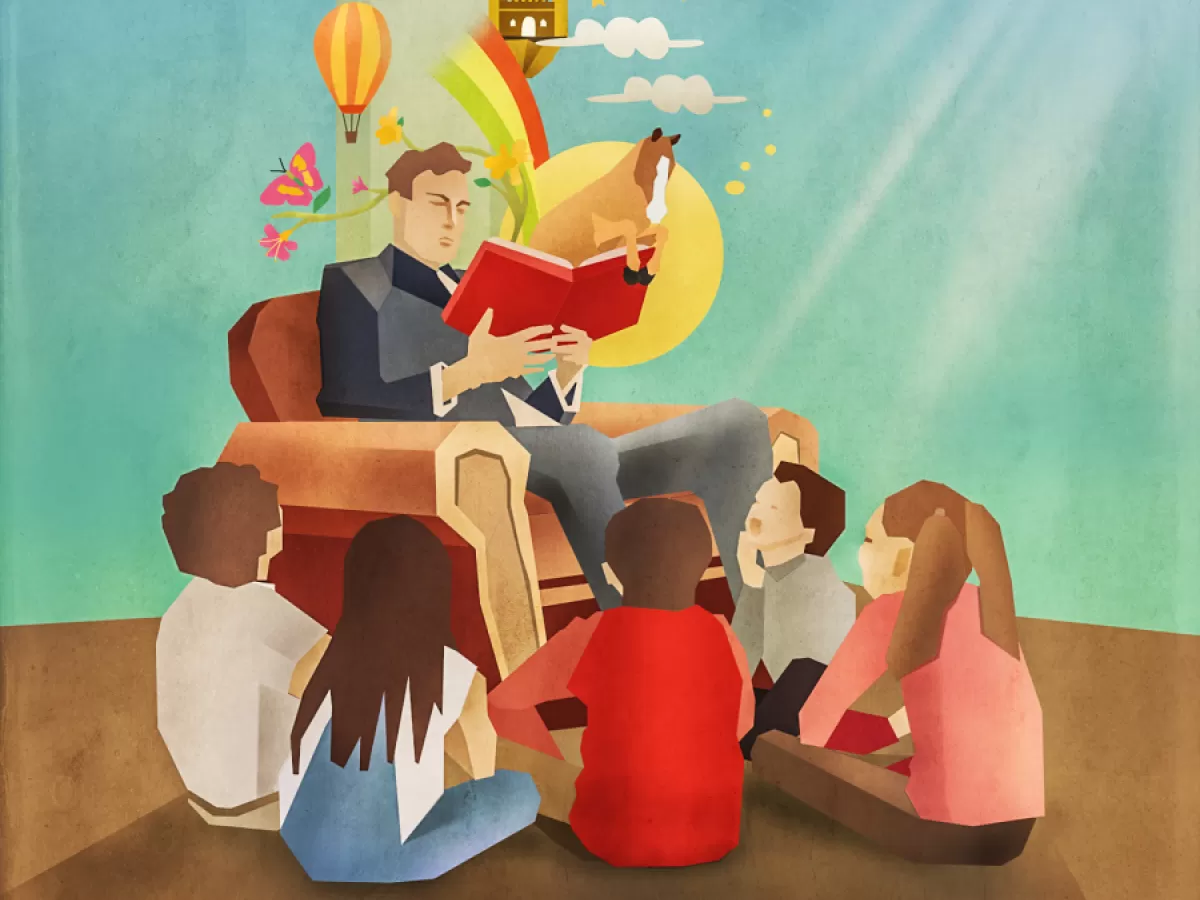
Future animation videos will increasingly leverage insights from cognitive psychology to optimize engagement. Understanding attention clusters, color theory, motion timing, and emotional triggers helps create animations that not only entertain but also enhance learning and persuasion effectively.
9. Conclusion
Animation videos are a dynamic and evolving medium that blend creativity, technology, and psychology to communicate effectively. Their ability to simplify complex ideas, engage diverse audiences, and adapt to new platforms makes them indispensable in 2025’s digital landscape. Whether you’re a marketer, educator, or storyteller, animation offers endless possibilities to bring your message to life with impact and innovation.


